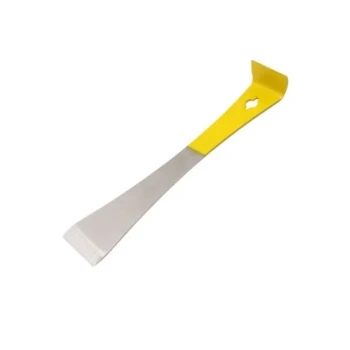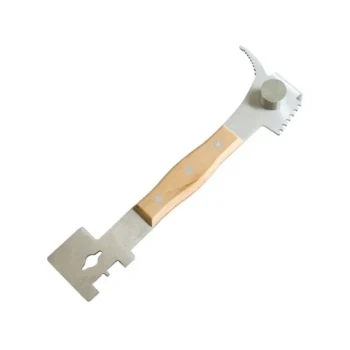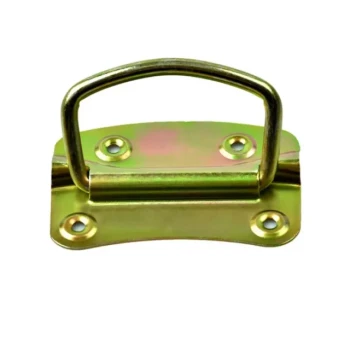In short, a consistent sample size makes your alcohol wash test a reliable scientific measurement. Using the same amount of bees every time—typically 300, which is a half-cup scoop—ensures you can accurately compare results over time and make confident decisions based on established treatment thresholds.
The core reason for consistency is to remove variables. By standardizing the number of bees, you ensure that any change in your mite count reflects a true change in the hive's infestation level, not just a random fluctuation in your sampling method.
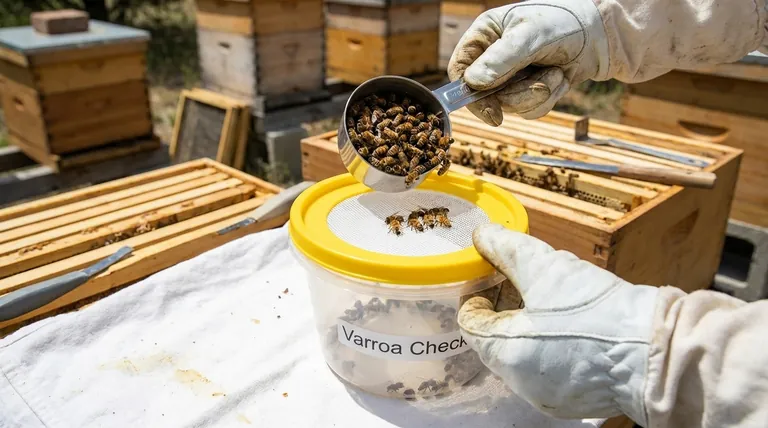
Why Consistency Creates Reliability
An alcohol wash is not just a casual check; it's a data collection tool. Like any scientific tool, it must be calibrated correctly to provide trustworthy information. Consistency in your sample size is the most critical part of that calibration.
The Problem with Inconsistent Samples
Imagine you test 200 bees one month and find 6 mites. The next month, you test 400 bees and find 12 mites.
While the number of mites doubled, your infestation rate has not changed. In both cases, the rate is 3 mites per 100 bees (a 3% infestation).
Without a consistent sample size, you cannot tell at a glance if your mite problem is getting better, worse, or staying the same. You are forced to do extra calculations that introduce potential for error.
Establishing a Standard Unit of Measurement
Using a precise half-cup scoop of bees (which equates to roughly 300 bees) turns your test into a standard unit of measurement.
Think of it like using a ruler. You wouldn't measure a board with a ruler whose inches changed length each time you used it. A consistent 300-bee sample acts as your "ruler" for Varroa mite levels.
This consistency makes your results directly comparable from one test to the next, one hive to another, and one season to another.
The Practical Impact on Hive Management
Reliable data empowers you to move from guessing to knowing. Consistent sampling is the foundation for effective, data-driven Integrated Pest Management (IPM) for your hives.
Tracking Infestation Trends Over Time
The primary goal of monitoring is to see trends. Is the mite population growing slowly or exploding? Did your recent treatment actually work?
When every test uses the same sample size, you are comparing apples to apples. A change from 6 mites in May to 12 mites in July (in a 300-bee sample) is a clear and undeniable signal that your mite load has doubled.
Making Confident Treatment Decisions
Most beekeeping guidelines provide specific action thresholds for Varroa mites, often expressed as a percentage (e.g., treat at 2-3%).
A 300-bee sample makes calculating this percentage simple: just divide your mite count by three. If you find 9 mites, your infestation rate is 3% (9 / 3 = 3), and you know it's time to act.
This removes ambiguity and helps you apply treatments at the most effective time—not too early and, more importantly, not too late.
Common Pitfalls to Avoid
While the principle is simple, execution matters. Small deviations can undermine the accuracy of your results and lead to poor decision-making for your colony's health.
The Pitfall of "Eyeballing" the Sample
The most common mistake is estimating the sample size instead of measuring it precisely. A "scoop" can vary significantly depending on how you do it.
Always use a standard measuring cup (1/2 cup) and level it off to ensure you have a sample as close to 300 bees as possible. This simple step is non-negotiable for reliable data.
Ignoring the Source of the Bees
For the most accurate representation of the hive's mite load, your sample should consist of nurse bees.
These are typically found on frames of open brood. Taking your sample from a honey super or the hive wall can give you a misleadingly low mite count, as Varroa mites primarily reproduce on bee pupae and feed on nurse bees.
Making the Right Choice for Your Hives
Your goal is to gather accurate data that empowers you to keep your colonies healthy and productive. Consistency is the key that unlocks that capability.
- If your primary focus is accurate mite monitoring: Always use a leveled half-cup of bees taken from a frame with brood to create a reliable, repeatable scientific test.
- If your primary focus is an effective treatment strategy: Use your consistent test results to know precisely when mite levels cross the action threshold, allowing you to intervene at the perfect time.
Ultimately, consistent sampling transforms your alcohol wash from a simple check into a powerful hive management tool.
Summary Table:
| Key Aspect | Why It Matters |
|---|---|
| Standardized Sample (300 bees) | Creates a reliable unit of measurement for comparing results over time. |
| Accurate Trend Tracking | Ensures mite count changes reflect true infestation levels, not sampling errors. |
| Confident Treatment Decisions | Simplifies calculating infestation rates against established action thresholds. |
| Avoids Common Pitfalls | Prevents inaccurate data from 'eyeballing' samples or sampling from the wrong hive area. |
Upgrade your beekeeping operation with professional-grade equipment from HONESTBEE.
Just as a consistent sample size is vital for accurate mite counts, using reliable, high-quality tools is fundamental to successful commercial beekeeping. HONESTBEE supplies durable, precision beekeeping supplies and equipment to commercial apiaries and distributors through our wholesale-focused operations.
We provide the essential tools—like accurate measuring scoops and testing kits—that help you gather trustworthy data and protect your investment. Let us help you build a more resilient and productive operation.
Contact our wholesale team today to discuss your equipment needs and volume pricing.
Visual Guide
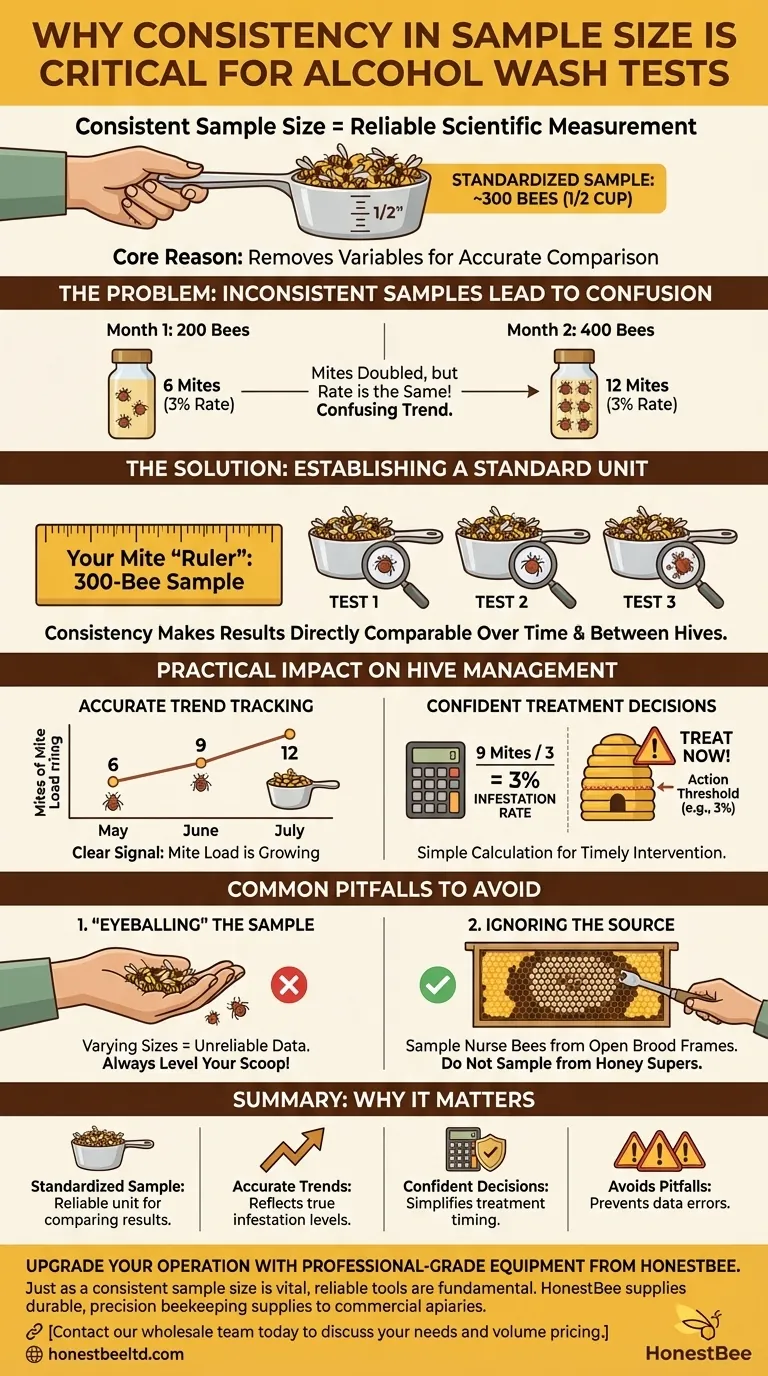
Related Products
- Varroa Easy Check Mite Tester Kit Counter Alcohol Wash Jar
- HONESTBEE Classic Pry Bar Hive Tool with High Visibility Finish for Beekeeping
- Jenter Queen Rearing Kit Complete Set for Bee Breeding
- Nicot Queen Rearing Kit for Beekeeping and Grafting in Nicot System
- Cotton Beekeeping Suit and Round Hat with Veil Bee Keeper Protective Gear
People Also Ask
- How is the infestation percentage calculated after counting mites? Master Varroa Mite Monitoring
- What is the most accurate method for monitoring varroa mites? The Definitive Guide for Beekeepers
- What is the most reliable method for assessing Varroa mite infestations? Master Proactive Hive Management
- What is the Varroa EasyCheck and its purpose? Streamline Your Hive Health Monitoring
- How does the Varroa EasyCheck determine mite counts? Achieve Accurate Hive Health Monitoring

